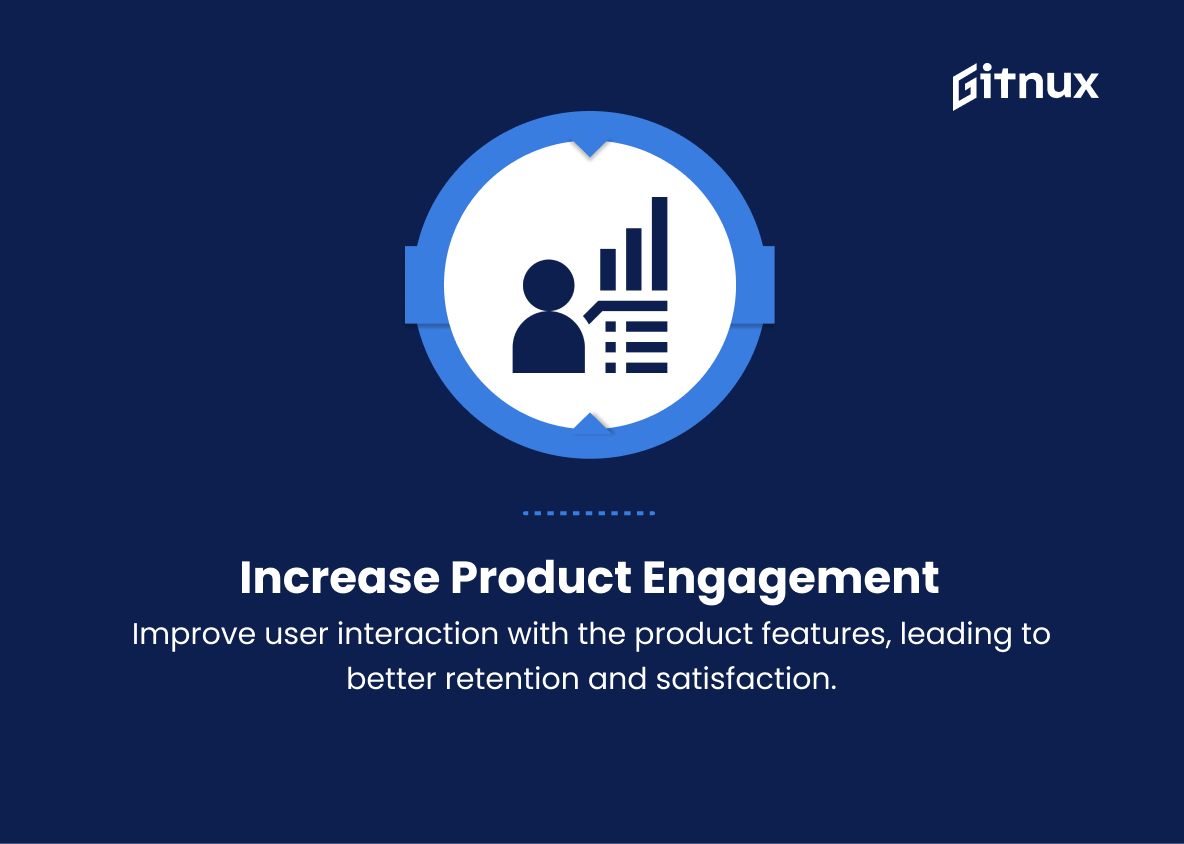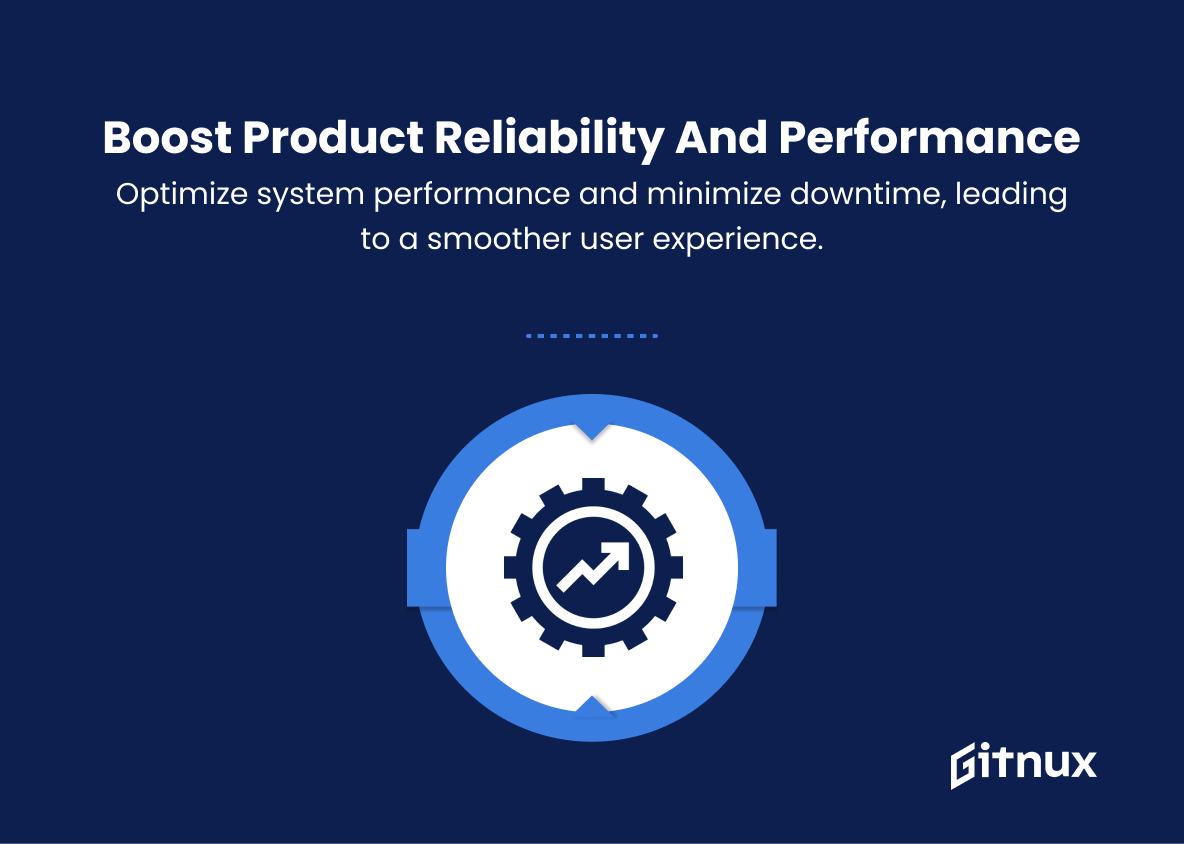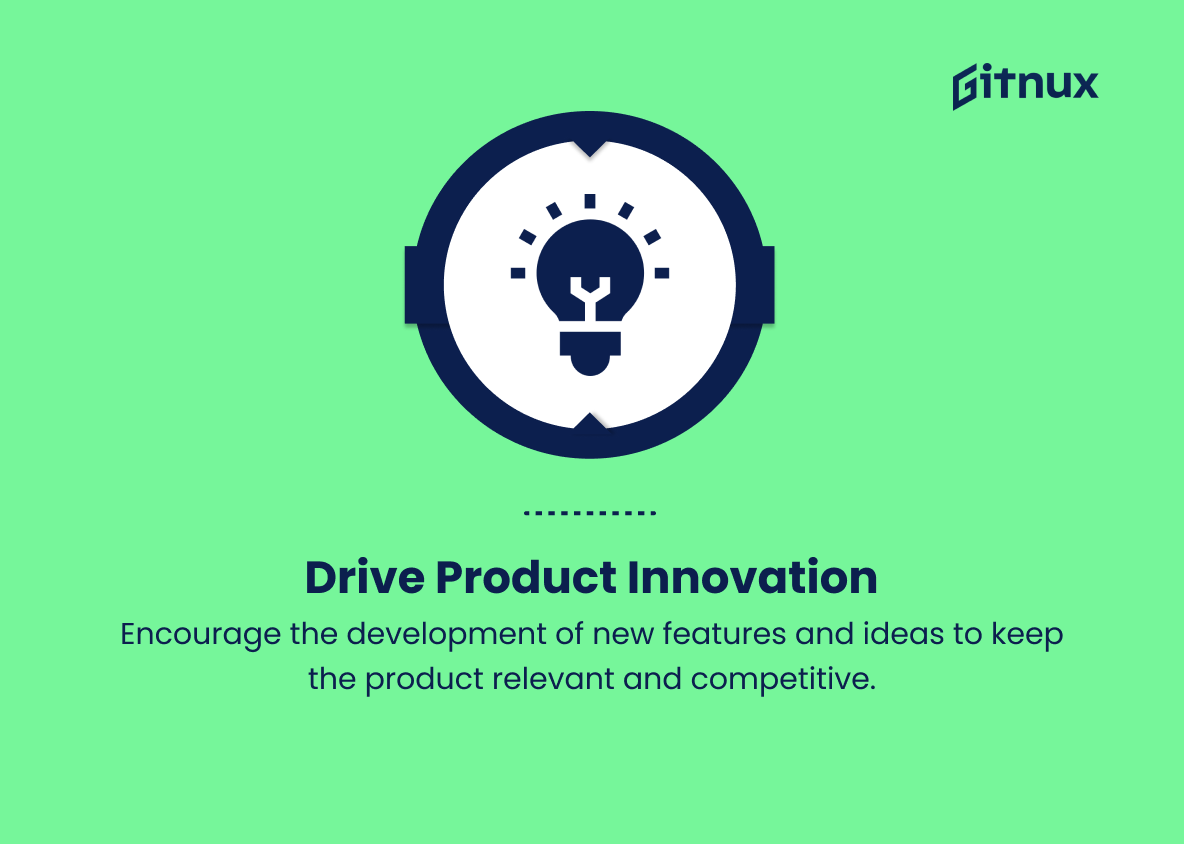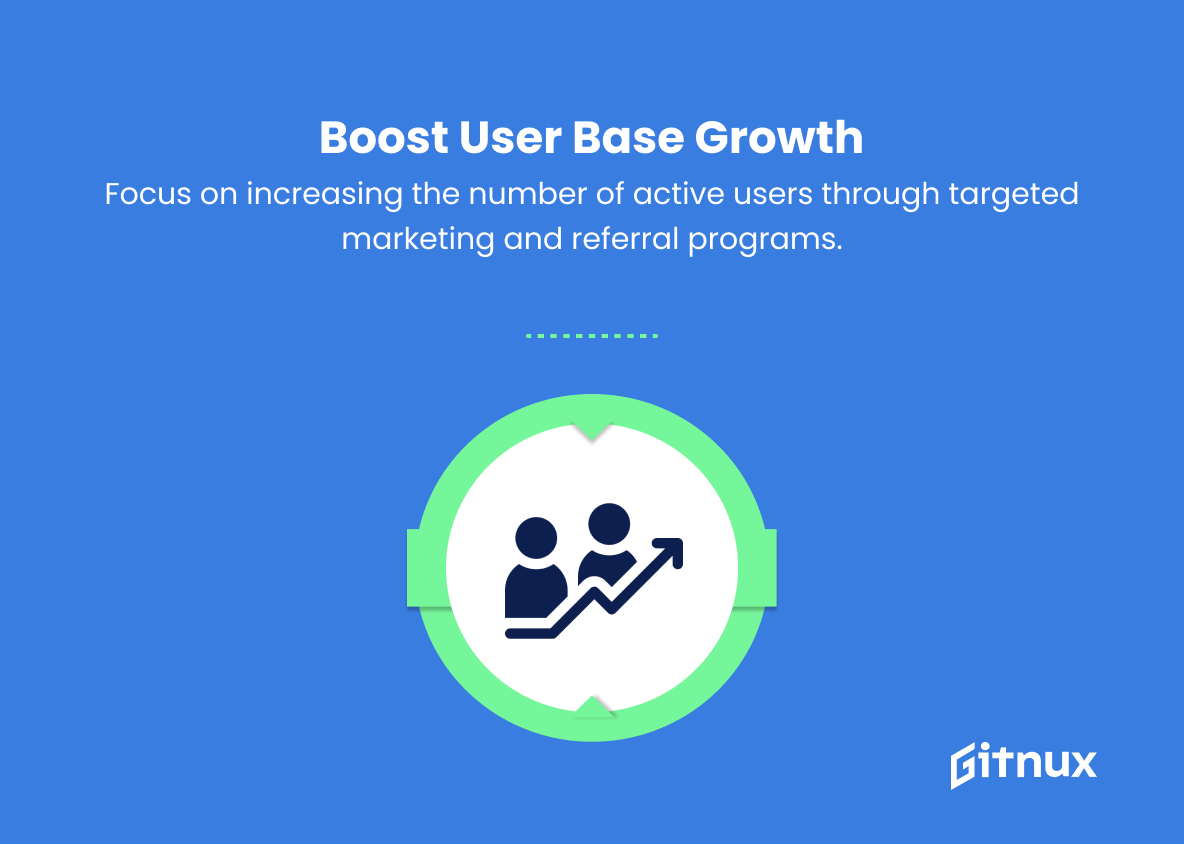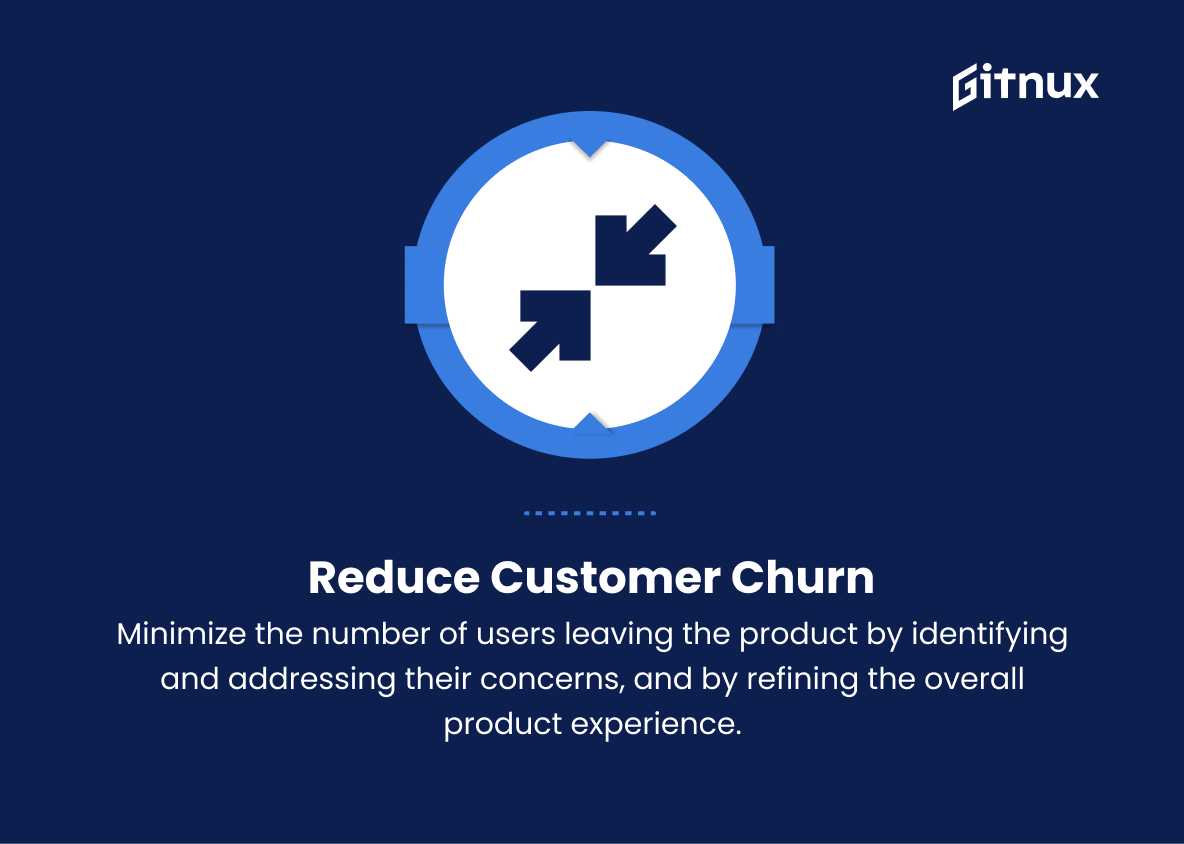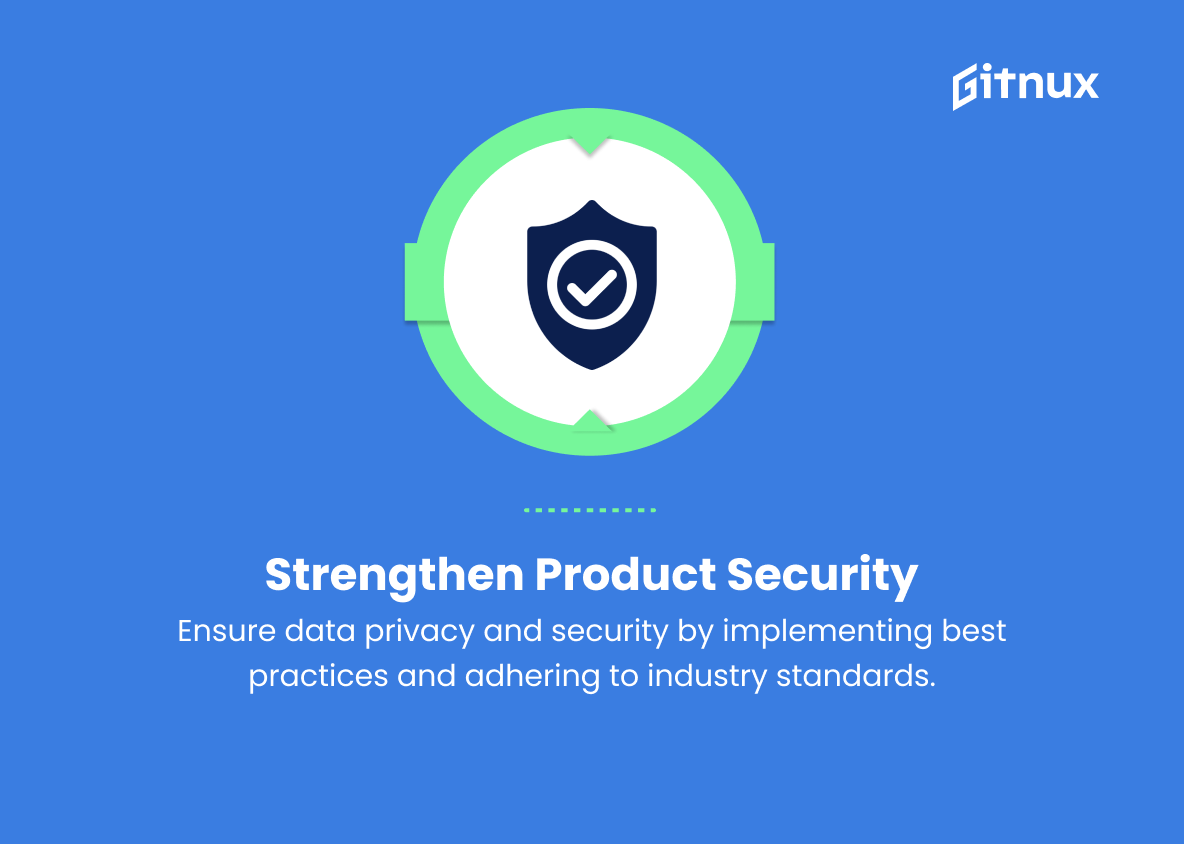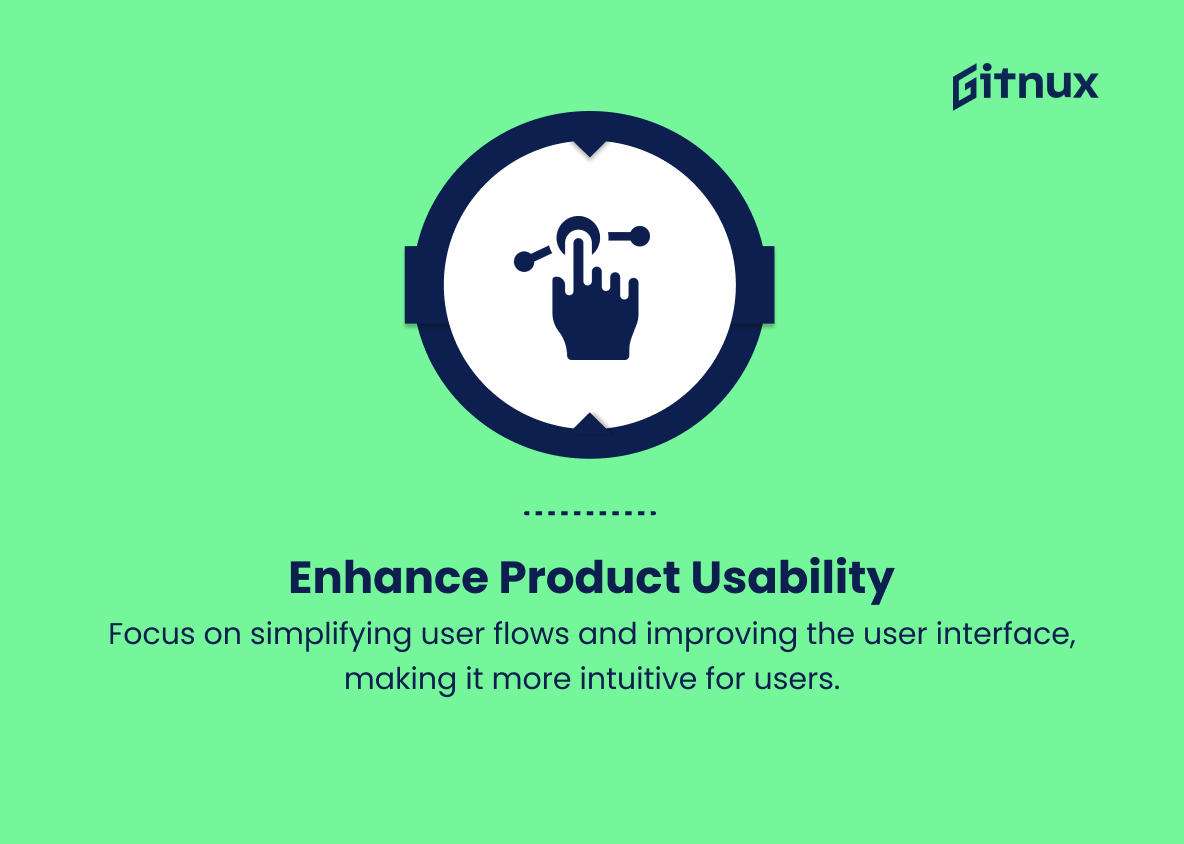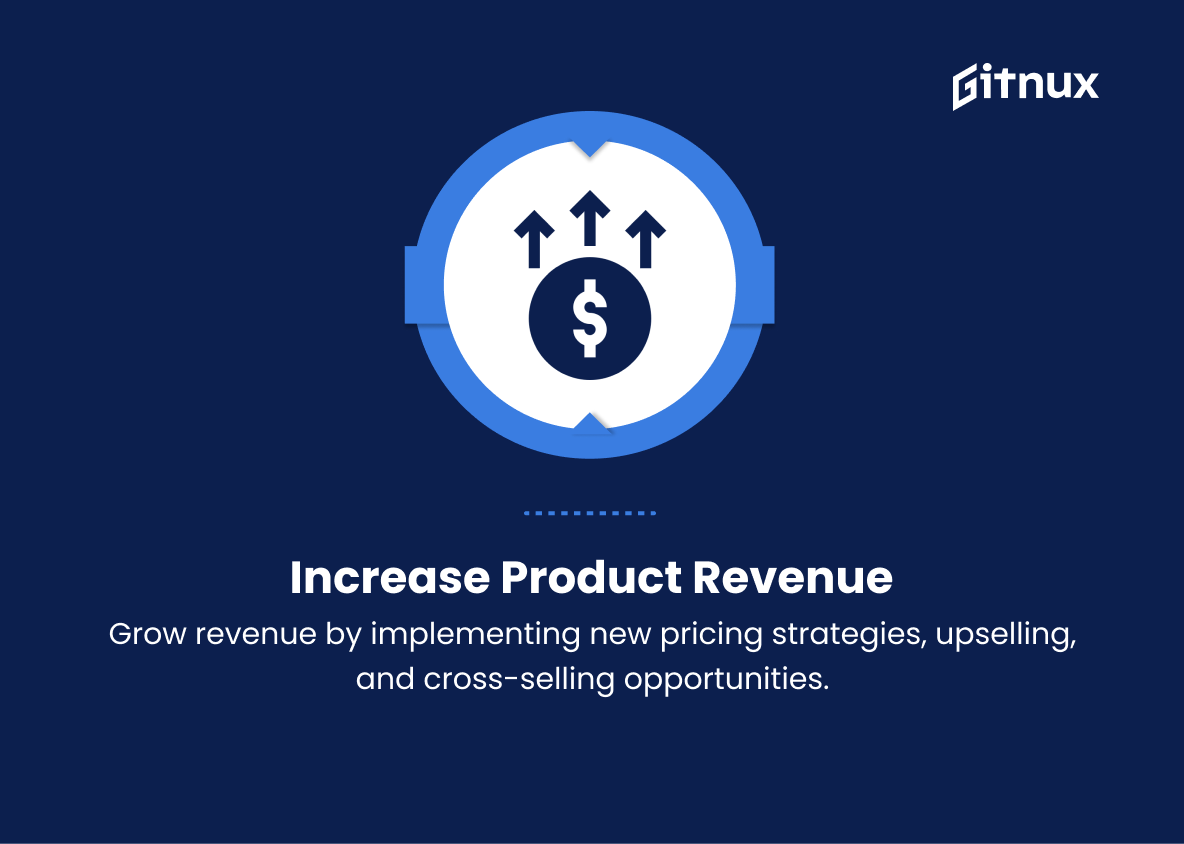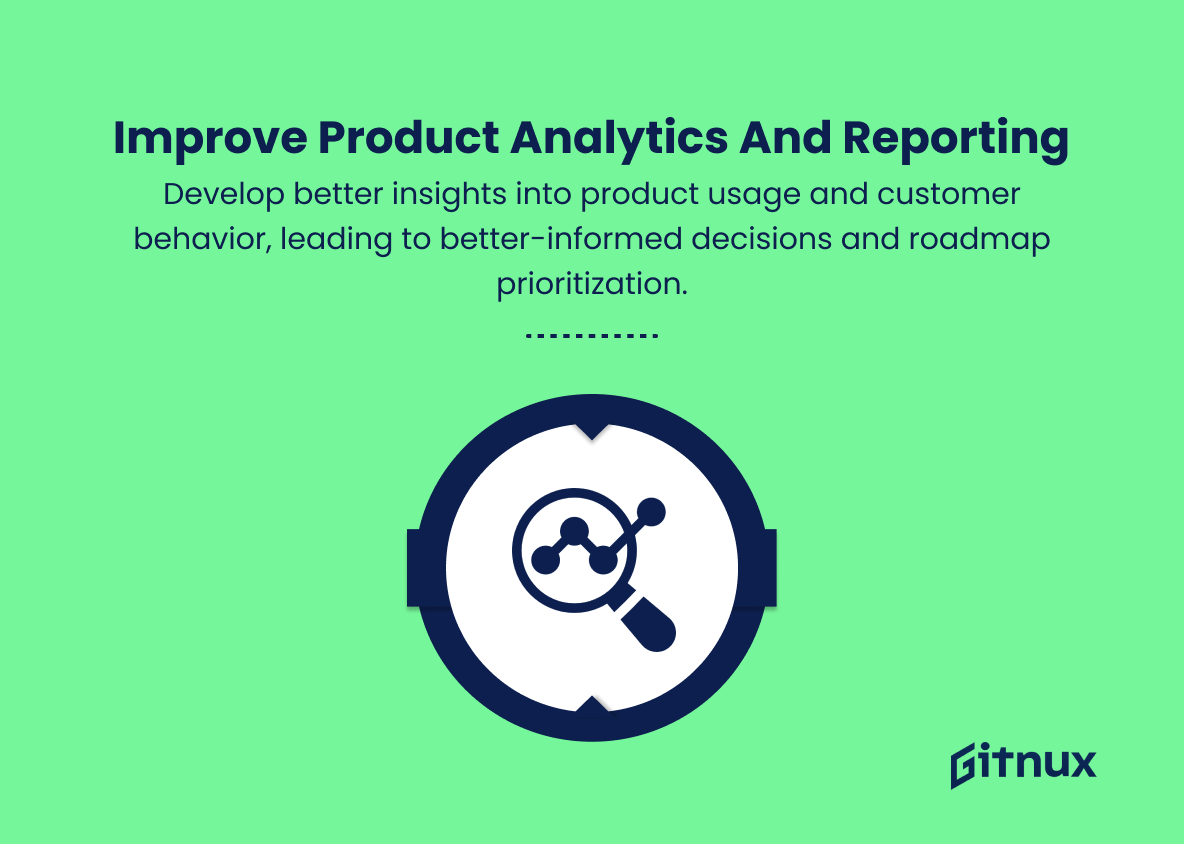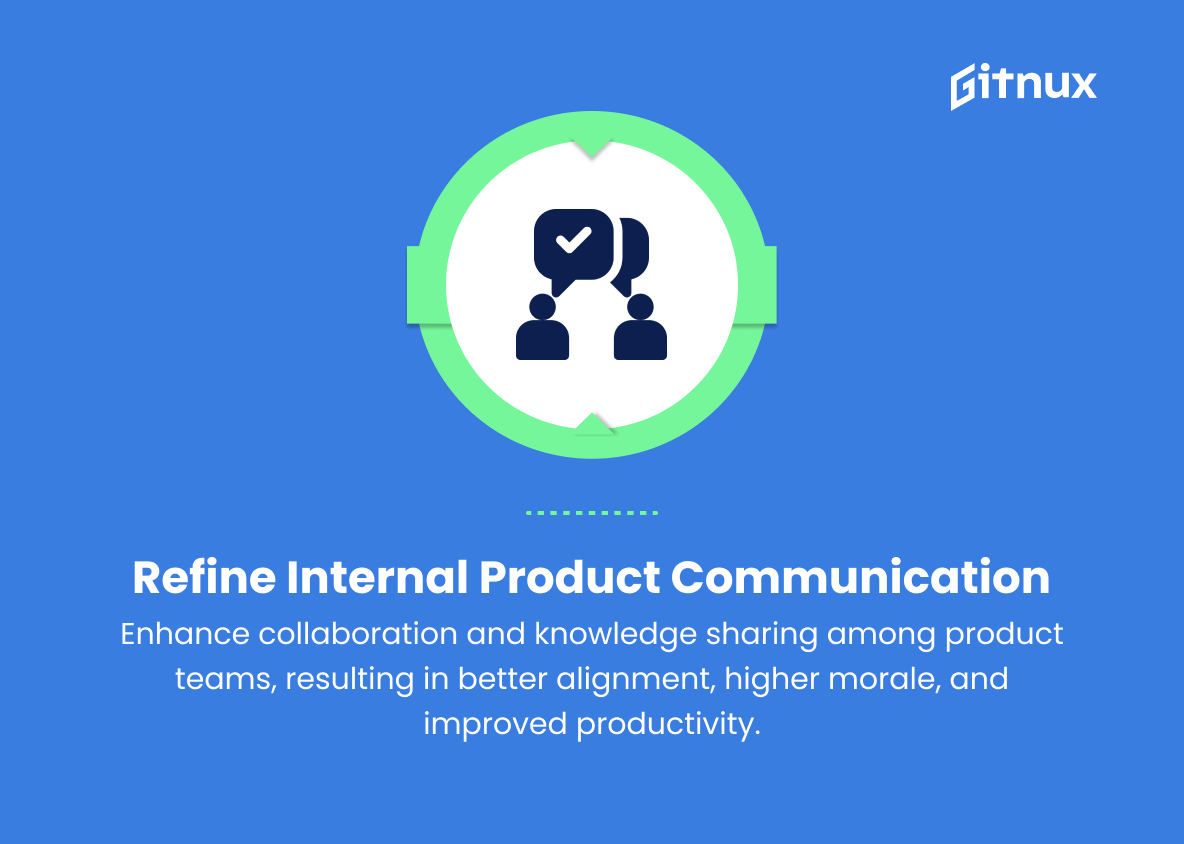In today’s fast-paced and competitive business landscape, organizations are constantly exploring new ways to drive growth and performance. One such approach that has dramatically transformed how businesses set, measure, and achieve their goals is the Objectives and Key Results (OKRs) framework. Developed by Andy Grove at Intel and popularized by prominent companies like Google and LinkedIn, OKRs have become the cornerstone of performance management at both the individual and organizational level.
In this blog post, we will delve deep into the world of Product OKRs, demonstrating how they can be effectively implemented to accelerate product development, maximize overall impact, and propel your team to new heights of success.
Product OKRs You Should Know
1. Increase product engagement
Improve user interaction with the product features, leading to better retention and satisfaction.
2. Improve user onboarding experience
Enhance the first-time user experience, making it easier for new users to understand and navigate the product.
3. Augment customer satisfaction
Ensure a high level of satisfaction among customers by focusing on ease of use, performance, and support.
In today’s fast-paced and competitive business landscape, organizations are constantly exploring new ways to drive growth and performance.4. Enhance product reliability and performance
Optimize system performance and minimize downtime, leading to a smoother user experience.
5. Drive product innovation
Encourage the development of new features and ideas to keep the product relevant and competitive.
6. Boost user base growth
Focus on increasing the number of active users through targeted marketing and referral programs.
7. Reduce customer churn
Minimize the number of users leaving the product by identifying and addressing their concerns, and by refining the overall product experience.
8. Accelerate product development cycle
Streamline the development process to facilitate faster release of new features and improvements.
One such approach that has dramatically transformed how businesses set, measure, and achieve their goals is the Objectives and Key Results (OKRs) framework.9. Strengthen product security
Ensure data privacy and security by implementing best practices and adhering to industry standards.
10. Expand market share
Penetrate new markets or customer segments to grow the overall user base and increase revenue.
11. Enhance product usability
Focus on simplifying user flows and improving the user interface, making it more intuitive for users.
12. Optimize user support and engagement
Improve response times and quality of customer support, leading to increased user satisfaction and loyalty.
13. Increase product revenue
Grow revenue by implementing new pricing strategies, upselling, and cross-selling opportunities.
14. Improve product analytics and reporting
Develop better insights into product usage and customer behavior, leading to better-informed decisions and roadmap prioritization.
15. Streamline internal product communication
Enhance collaboration and knowledge sharing among product teams, resulting in better alignment, higher morale, and improved productivity.
Each of these Product OKRs can be further broken down into specific, measurable Key Results. The overall objective is to drive constant improvement in product quality, user satisfaction, and business outcomes.
Product OKRs Explained
Product OKRs are essential as they drive significant aspects of a product’s lifecycle, ensuring its continuous development and user satisfaction. By focusing on improving engagement, user onboarding, customer satisfaction, product reliability, and innovation, companies can foster a strong connection with their user base while staying ahead of the competition.
Additionally, objectives such as boosting user growth, reducing churn, and accelerating product development enhance a product’s market presence and influence. Emphasizing security, expanding market share, and enhancing usability make a product more appealing and accessible to users, ultimately resulting in increased brand loyalty.
Furthermore, optimizing user support, increasing revenue, and improving analytics help businesses make data-driven decisions to refine the product experience. Lastly, streamlining internal product communication encourages collaboration within product teams, increasing efficiency and overall productivity, contributing to the success of the product in the market.
Conclusion
In summary, Product OKRs play a pivotal role in ensuring a company aligns its objectives with measurable outcomes, fosters a culture of transparency, and continually progresses towards its vision.
By adopting this framework, organizations can improve communication across teams, prioritize initiatives and resources, and create a clear roadmap for success. Ultimately, mastering Product OKRs elevates organizations to new heights, equips them to adapt to ever-changing market conditions, and positions them to deliver innovative products that meet customer needs and drive growth.
